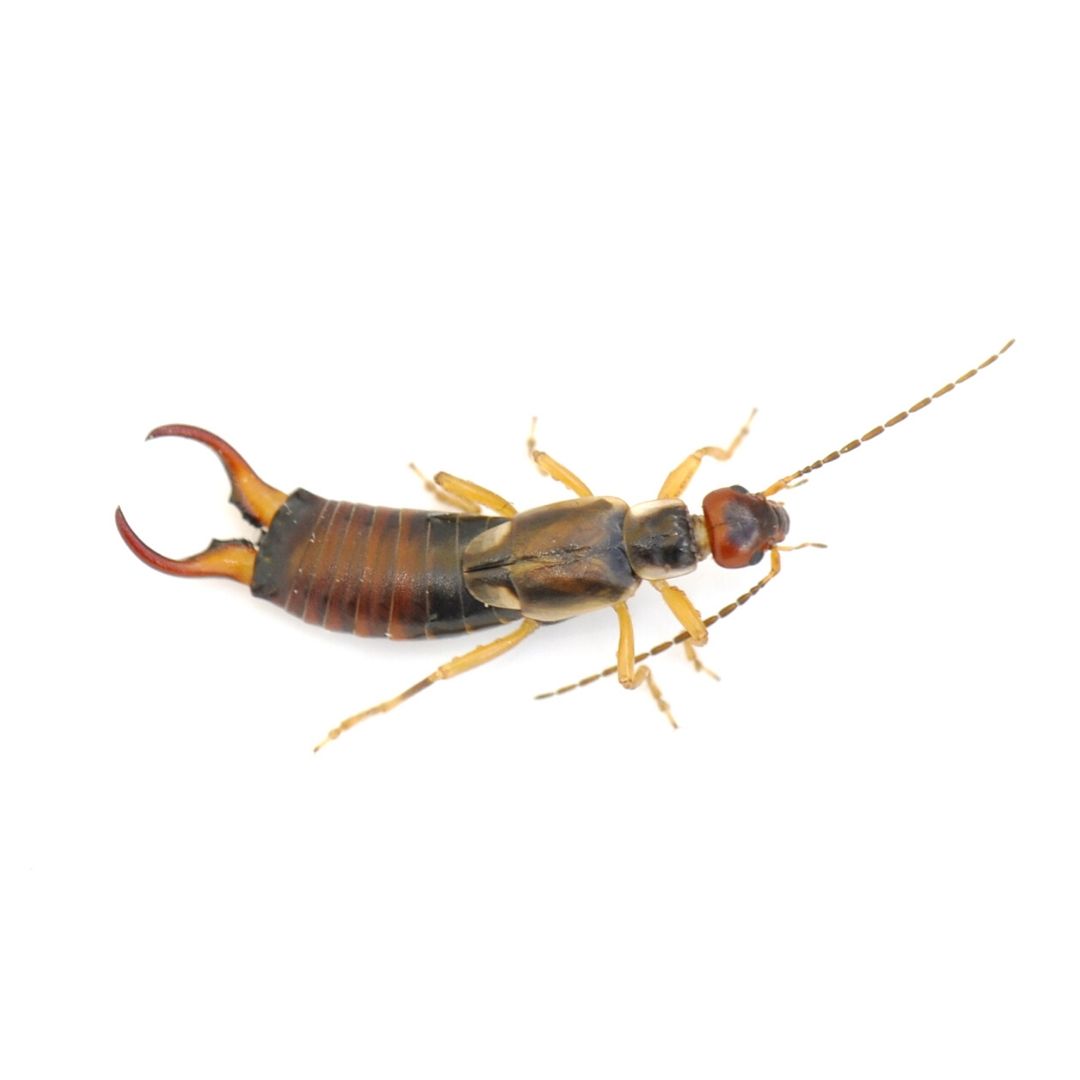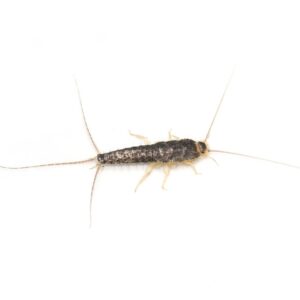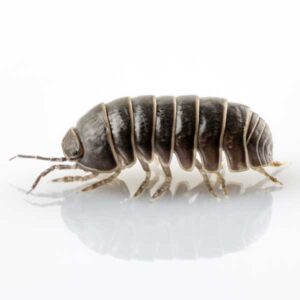Earwigs in The Mississippi Gulf Coast
Earwigs owe their name to the superstition that they purposely crawl into the ears of sleeping people and bore into the brain. Even though earwigs prefer moist, dark places, they choose these places for daytime hiding, not at night when people are sleeping. Earwigs are mostly nocturnal, searching for and feeding on a wide variety of insects and plants after dark. They are more common in the southern and southwestern United States and tend to hibernate during the winter months. Earwigs may seek refuge in homes when conditions outside are too dry, hot, or cold.
Earwig Habitat
The diet of earwigs consists of a wide variety of plant and animal matter. Earwigs feed on leaves, flowers, fruits, and fungi, as well as on aphids and larger insects such as flies, captured with their pincer-like cerci. Day-time hiding places include under logs, rocks, boards, or dense growth of vines or weeds. Around homes, they can be found in moisture-rich environments such as cracks near swimming pool areas, flower bed mulch, underneath outdoor potted plants, and leaf litter. Inside homes, they will congregate in flaps of cardboard boxes and inside kitchens and bathrooms.
Earwig Behaviors, Threats, or Dangers
Earwigs don’t bite people or spread disease, but they can pinch. Although their pincers are not likely to break the skin, a pinch from an earwig can hurt. For the most part, earwigs are considered a nuisance pest during spring and summer. In gardens, they can chew irregular holes in leaves and flower blossoms. Earwigs can enter homes through gaps and cracks of siding and foundations. They can also gain access when homeowners transfer items like potted plants, firewood, or cardboard boxes from outside to inside the home.
If you are dealing with excess earwigs on your property, contact a local pest control professional.
Need help with Earwig control?
We'll call you! Leave your information below.




